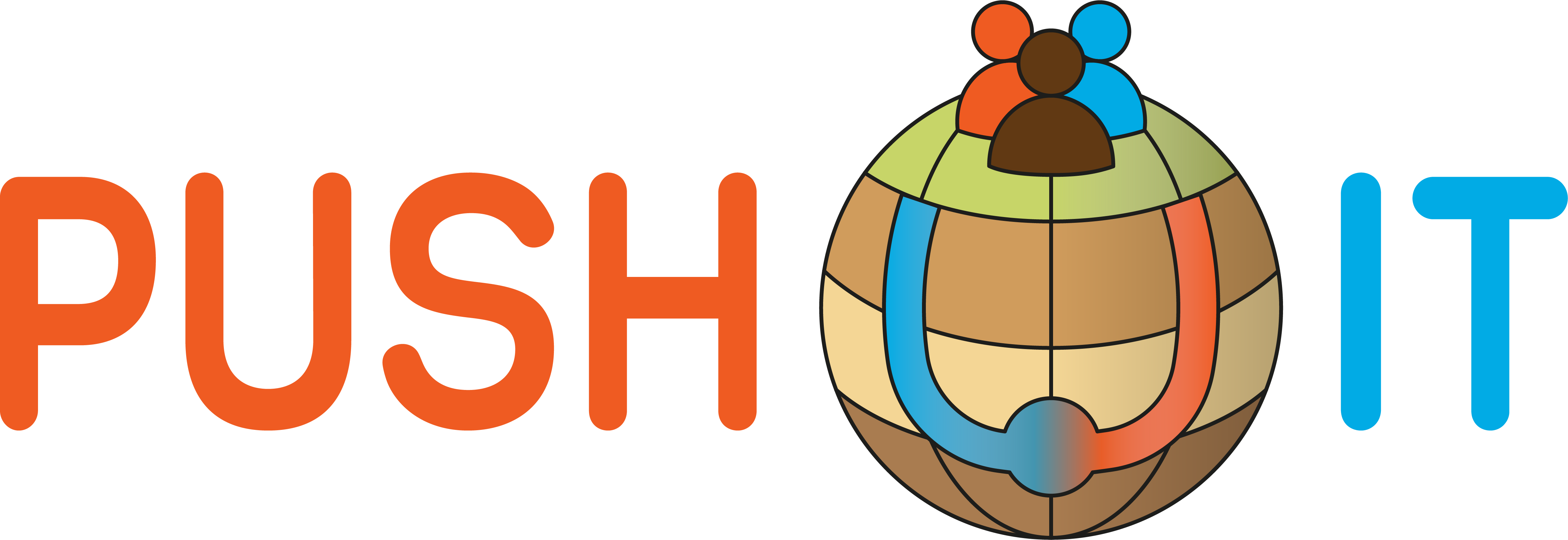An update from the Bochum site
At the recent General Assembly in Bochum, the Bochum site itself has also given an update of the progress that has been made. This will be discussed, together with a recap of the site’s goals and objectives.
Since September 2024, something extraordinary has been happening beneath the surface of Bochum. At the site of the former Mansfeld colliery, located directly below the Ruhr University Bochum (RUB) Technical Centre, construction is underway on a pioneering project: a Mine Thermal Energy Storage (MTES) system that transforms an old coal mine into a sustainable energy storage facility.

A Second Life for Bochum’s Mining Past
The Mansfeld mine, once a symbol of the Ruhr area’s industrial strength, is now flooded—but that water and the surrounding rock present a unique opportunity. By drilling down 120 meters, engineers are accessing underground voids that were once used during World War II as steel rope production sites. These cavernous spaces—now around 10,000 cubic meters in volume—will act as part of a large underground “geobattery.”
Here’s how it works: Excess heat from the RUB Technical Centre (especially from refrigeration processes) is transferred underground through boreholes into the mine water. The mine absorbs and stores this heat. When RUB’s buildings need warmth—especially in winter—this stored energy is brought back up and reused, creating a seasonal energy cycle that significantly boosts efficiency and reduces fossil fuel consumption.
Smart Heat for a Smarter Campus
The main goal of the MTES project is to optimize RUB’s heating and cooling network. Heat that would normally be wasted—such as excess energy from refrigeration—can now be stored and reused when it’s needed most. This creates a more sustainable, efficient, and climate-friendly energy system for the campus.
To refine this process, researchers are building a digital co-simulation that mirrors the real-world grid. It will test different operational setups (as illustrated in technical schematics) to determine how best to balance heat flows and minimize energy waste throughout the year.
Digging Deeper: Understanding the Subsurface
To ensure the safe and effective use of the flooded mine, Fraunhofer IEG researchers are preparing to run a tracer test. By injecting a harmless fluorescent dye—like uranine—into one borehole and tracking its movement to other monitoring points, they can determine flow paths and water velocities underground. These insights will be crucial for long-term storage efficiency and system safety.
Connecting Science with Society
Beyond the technical innovation, the MTES project is committed to public education and community involvement. Two standout initiatives are already underway:
- A children’s book titled “Tauchfahrt ins Bergwerk” (“Dive into the Mine”), designed to introduce young readers to geothermal energy through colorful storytelling.
- An informational display board at the MTES site, forming part of a geothermal educational trail that invites visitors to explore sustainable energy beneath their feet.
Project Progress: From Concept to Construction
Since breaking ground in September 2024, the MTES project has made significant strides in transforming theory into practice.
Key milestones achieved so far include:
- Initial Borehole Drilling:
Drilling into the flooded colliery started in September 2024.
- Simulation Platform Development:
A co-simulation environment is being developed to virtually test different system configurations, including the interaction between heat pumps, heat exchangers, and storage cycles.
- Tracer Test Preparation:
Planning is underway for a hydrogeological tracer test, which will help researchers understand underground water flow dynamics—vital for optimizing thermal storage and retrieval.
- Public Engagement Initiatives Launched:
Outreach materials like the children’s book “Tauchfahrt ins Bergwerk” and a planned educational display board at the site are in development to bring the science behind MTES closer to the public.
A Model for Sustainable Energy Storage
Bochum’s MTES project is more than just a technological experiment—it’s a blueprint for the future of sustainable urban energy systems. By combining geothermal innovation, digital modeling, and public engagement, Fraunhofer IEG is turning the legacy of coal mining into a symbol of climate-conscious transformation.
Stay tuned as Bochum continues to lead the way—deep underground.

PUSH-IT is a project funded by the European Union’s Horizon Europe research and innovation programme under grant agreement No 101096566.
Funded by the European Union. Views and opinions expressed are however those of the author(s) only and do not necessarily reflect those of the European Union. Neither the European Union nor the granting authority can be held responsible for them.
